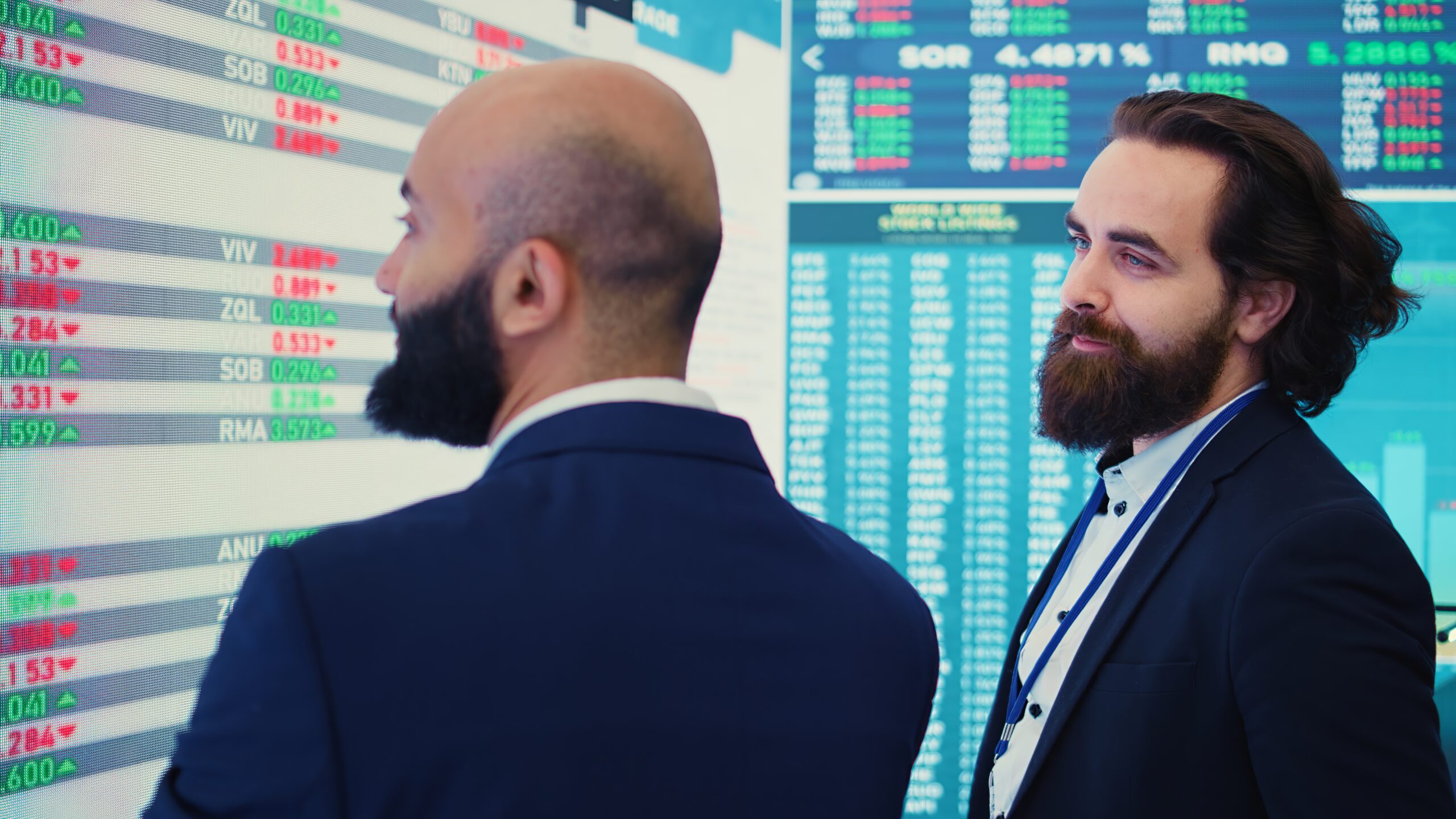Before New York wakes up, markets are already moving. Futures begin to tell their story hours before the opening bell, reflecting the sentiments of investors around the world. Among them, Dow Jones futures hold a special place. They reveal how traders assess the strength of the old economy, comprising industrials, banks, and consumer giants, while their cousins, the S&P 500 and Nasdaq futures, reflect what’s happening across the rest of the market.
What Makes Dow Jones Futures Unique?
The Dow Jones Industrial Average is built on thirty large American companies. The names are familiar, and their performance continues to shape global confidence. When investors think about stability, they look to these firms. That’s why the Dow often moves with broader economic optimism rather than short bursts of speculation.
S&P 500 futures have a different flavor. They cover nearly every corner of corporate America, offering a more balanced picture of overall sentiment. Nasdaq futures are the opposite of calm—they track the fast-moving world of technology, where a shift in interest rates or an innovation story can change direction in minutes.
Looking at all three side by side helps traders see where money is flowing. When Dow Jones futures rise but Nasdaq contracts fall, it often signals a move into safety. When the pattern reverses, it indicates that investors are once again willing to take on more risk. The story behind those shifts is what really matters.
What Divergences Tell About Market Mood?
A market rarely moves in perfect harmony. When Dow futures outperform, traders are typically seeking security. They prefer steady profits, tangible assets, and cash flow they can trust. That rotation tends to occur when inflation, interest rates, or geopolitical tensions make investors nervous.
If the Nasdaq starts gaining ground while the Dow lags, it’s a sign that fear is fading. Traders begin to look forward again, willing to bet on new growth. The S&P 500 sits between the two, reflecting both caution and ambition. Watching how each moves relative to the others gives a glimpse into what kind of optimism, or anxiety, is taking hold.
Volume plays a role, too. A strong move in Dow futures, accompanied by solid volume, shows confidence. The same move on light volume could be mechanical repositioning. Seasoned traders pay attention to these small details, not the headlines. Sometimes all three contracts rise together, even when the data is mixed. That can mean markets are chasing momentum instead of facts. At other times, one index stalls while others advance, indicating that sentiment is uncertain and uneven.
What Traders Watch in Dow Jones Futures?
Because the Dow relies heavily on financials and industrials, its futures respond quickly to economic data and interest rate changes. Higher bond yields can help bank stocks but weigh on other sectors. The Nasdaq reacts differently. It tends to struggle when yields rise, since higher rates make long-term growth less appealing. Comparing both gives a clear signal of whether optimism is grounded in real growth or cheap money.
The Dow’s small group of companies also means that one major earnings report can significantly move the contract. News from firms like Boeing, Apple, or JPMorgan often sets the tone for the rest of the index. Traders who closely follow these names can sense changes in sentiment before they become apparent across the market.
Many professionals think of the Dow as discipline, the Nasdaq as imagination, and the S&P 500 as the bridge between them. Watching all three together turns market noise into a clearer picture of what investors believe.
The Market’s Quiet Conversation
Every night, while the world rests, futures tell their version of tomorrow. The Dow reflects confidence in the present. The Nasdaq looks ahead to what could be. The S&P combines them into a single heartbeat.
For traders who pay attention, these contracts reveal more than direction. They show emotion, confidence, and hesitation long before the first stock changes hands. Dow Jones futures might not predict everything, but they capture the pulse of the market’s early thoughts, and that whisper often tells the truth before the headlines catch up.

